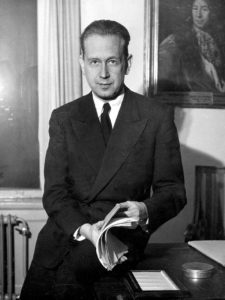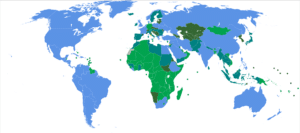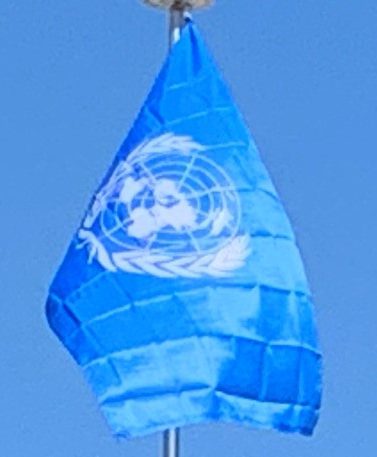On 29 November 1947, the General Assembly approved a resolution to partition Palestine, approving the creation of the state of Israel. Two years later, Ralph Bunche, a UN official, negotiated an armistice to the resulting conflict. On November 7, 1956, the first UN peacekeeping force was established to end the Suez Crisis; however, the UN was unable to intervene against the USSR’s simultaneous invasion of Hungary following that country’s revolution.
On 14 July 1960, the UN established United Nations Operation in the Congo (UNOC), the largest military force of its early decades, to bring order to the breakaway State of Katanga, restoring it to the control of the Democratic Republic of the Congo by 11 May 1964. While travelling to meet rebel leader Moise Tshombe during the conflict, Dag Hammarskjöld, often named as one of the UN’s most effective Secretaries-General, died in a plane crash; months later he was posthumously awarded the Nobel Peace Prize. In 1964, Hammarskjöld’s successor, U Thant, deployed the UN Peacekeeping Force in Cyprus, which would become one of the UN’s longest-running peacekeeping missions.

With the spread of decolonization in the 1960s, the organization’s membership saw an influx of newly independent nations. In 1960 alone, 17 new states joined the UN, 16 of them from Africa. On 25 October 1971, with opposition from the United States, but with the support of many Third World nations, the mainland, communist People’s Republic of China was given the Chinese seat on the Security Council in place of the Republic of China that occupied Taiwan; the vote was widely seen as a sign of waning US influence in the organization. Third World nations organized into the Group of 77 coalition under the leadership of Algeria, which briefly became a dominant power at the UN. On 10 November 1975, a bloc comprising the USSR and Third World nations passed a resolution, over strenuous US and Israeli opposition, declaring Zionism to be racism; the resolution was repealed on 16 December 1991, shortly after the end of the Cold War.

With an increasing Third World presence and the failure of UN mediation in conflicts in the Middle East, Vietnam, and Kashmir, the UN increasingly shifted its attention to its ostensibly secondary goals of economic development and cultural exchange. By the 1970s, the UN budget for social and economic development was far greater than its peacekeeping budget.
Post-Cold War:
After the Cold War, the UN saw a radical expansion in its peacekeeping duties, taking on more missions in ten years than it had in the previous four decades. Between 1988 and 2000, the number of adopted Security Council resolutions more than doubled, and the peacekeeping budget increased more than tenfold. The UN negotiated an end to the Salvadoran Civil War, launched a successful peacekeeping mission in Namibia, and oversaw democratic elections in post-apartheid South Africa and post-Khmer Rouge Cambodia. In 1991, the UN authorized a US-led coalition that repulsed the Iraqi invasion of Kuwait. Brian Urquhart, Under-Secretary-General from 1971 to 1985, later described the hopes raised by these successes as a “false renaissance” for the organization, given the more troubled missions that followed.
